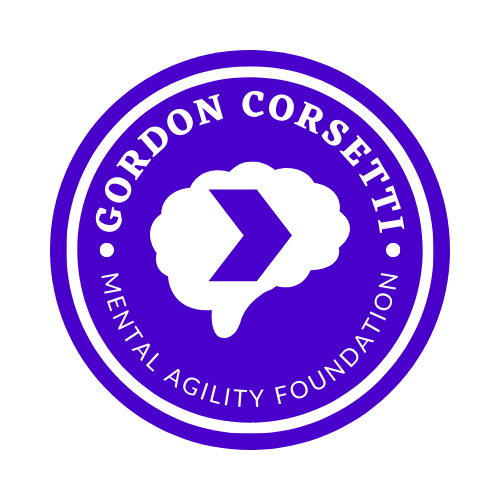Virtues of the Whiteboard
/One of my professors demanded a chalkboard in his classroom. His reasoning? “Every brilliant idea has been written down in chalk!”
He was a touch eccentric.
His conviction that having a chalkboard would make it more likely for him to discover something profound impressed me. I was captivated by the idea of always having access to a canvas that felt far more substantial than a notebook. However, I am a neat-freak and detest cleaning up chalk debris; so I use a whiteboard.
Stoicism in 5 minutes: youtube.com/watch?v=R9OCA6UFE-0
Specifically, whiteboard wallpaper that I bought on Amazon. Cheap, easy to install, and less permanent than whiteboard paint which I doubt my landlord would like. If you want to go old-school, try the chalkboard paint.
One half of my whiteboard wall is a large monthly calendar, nothing really special there. The other half, though, is for my ideas, reminders, and goals. Lately, I’ve read a great deal about Stoic philosophy. Which has taken up much of my whiteboard, and I was surprised to discover how much Stoicism there is in Cognitive Behavioral Therapy (CBT).
Epictetus, a Stoic and Roman slave, explains his way of perceiving thoughts as:
First, identify the thought (impression).
Seconds, ask, “Is this under my control?”
If yes, then: Choose the option that will improve my virtue.
If no, then: say, “It is not my business,” and do not concern myself with it.
When we look at the Serenity Prayer, we see a kernel of Epictetus’ Stoic ideals:
God grant me the serenity
to accept the things I cannot change;
courage to change the things I can;
and wisdom to know the difference.
The assessment phase of CBT also echos Stoic philosophy:
Step 1: Identify critical behaviors
Step 2: Determine whether critical behaviors are excesses or deficits
Step 3: Evaluate critical behaviors for frequency, duration, or intensity (obtain a baseline)
Step 4: If excess, attempt to decrease frequency, duration, or intensity of behaviors; if deficits, attempt to increase behaviors.
In my free time, I will be exploring more about Stoic philosophy, and how it can be applied to modern living and my permanent recovery from mental illness.
For my blog, each Wednesday I will share some of my whiteboard, and we’ll see if we make any discoveries, together.





